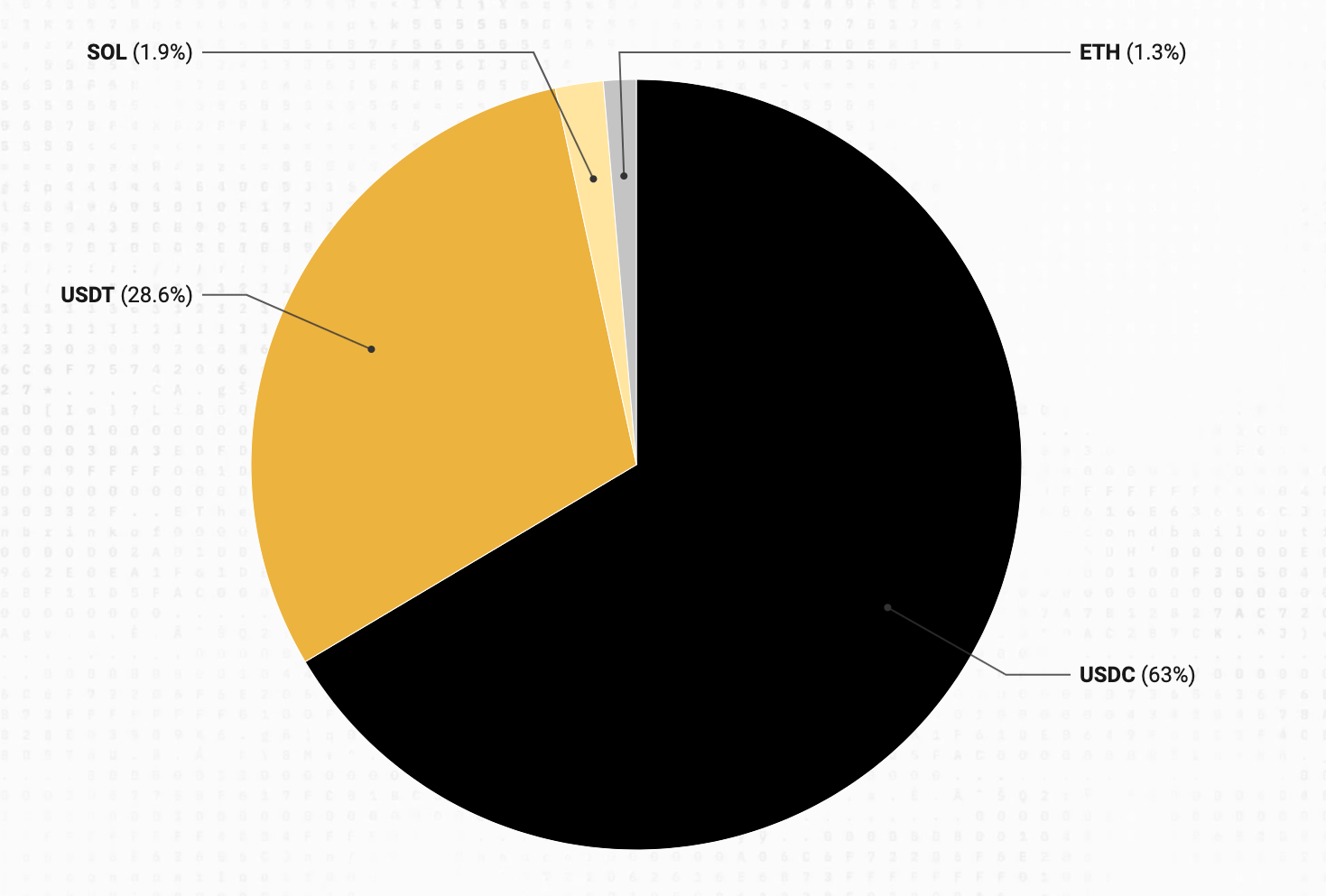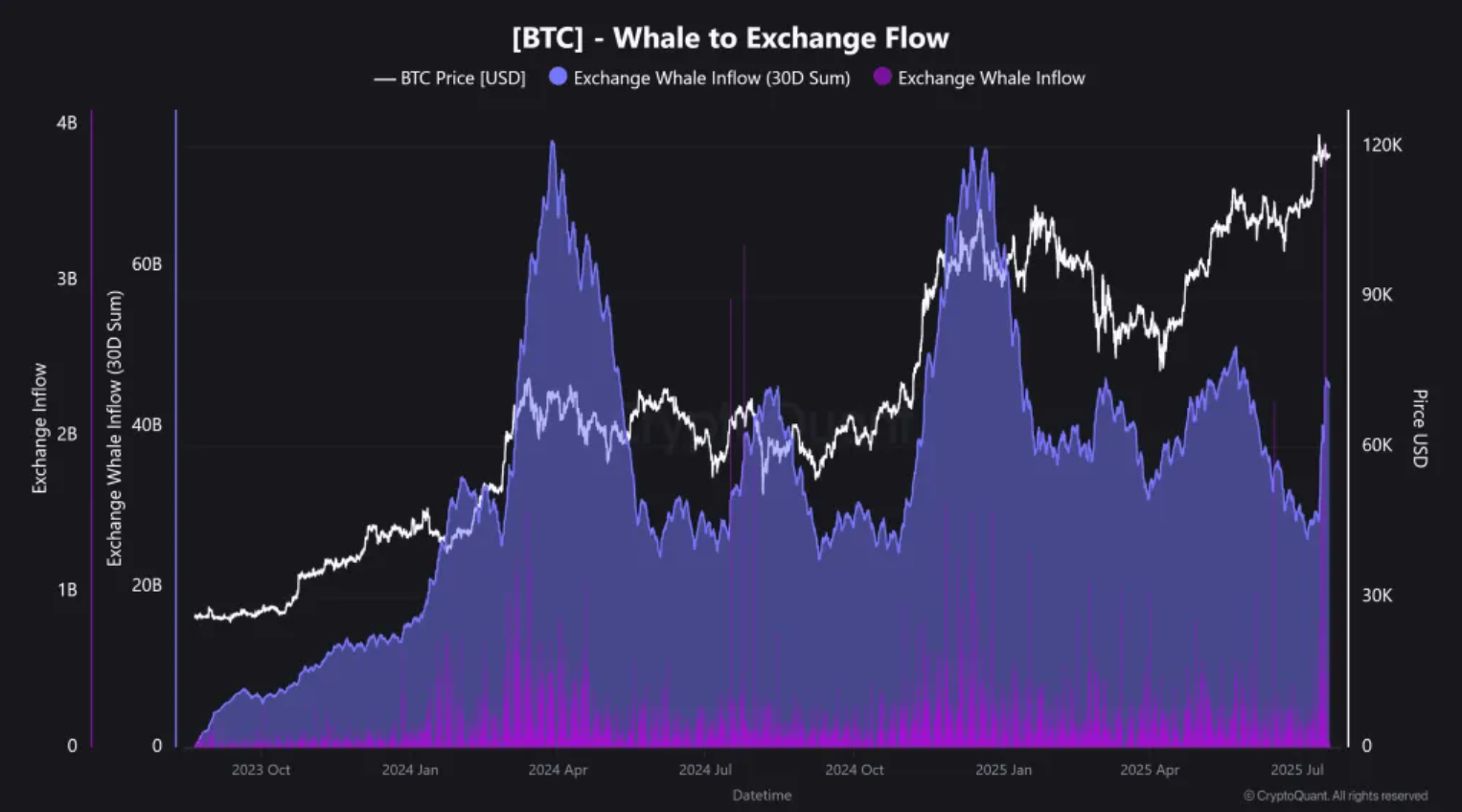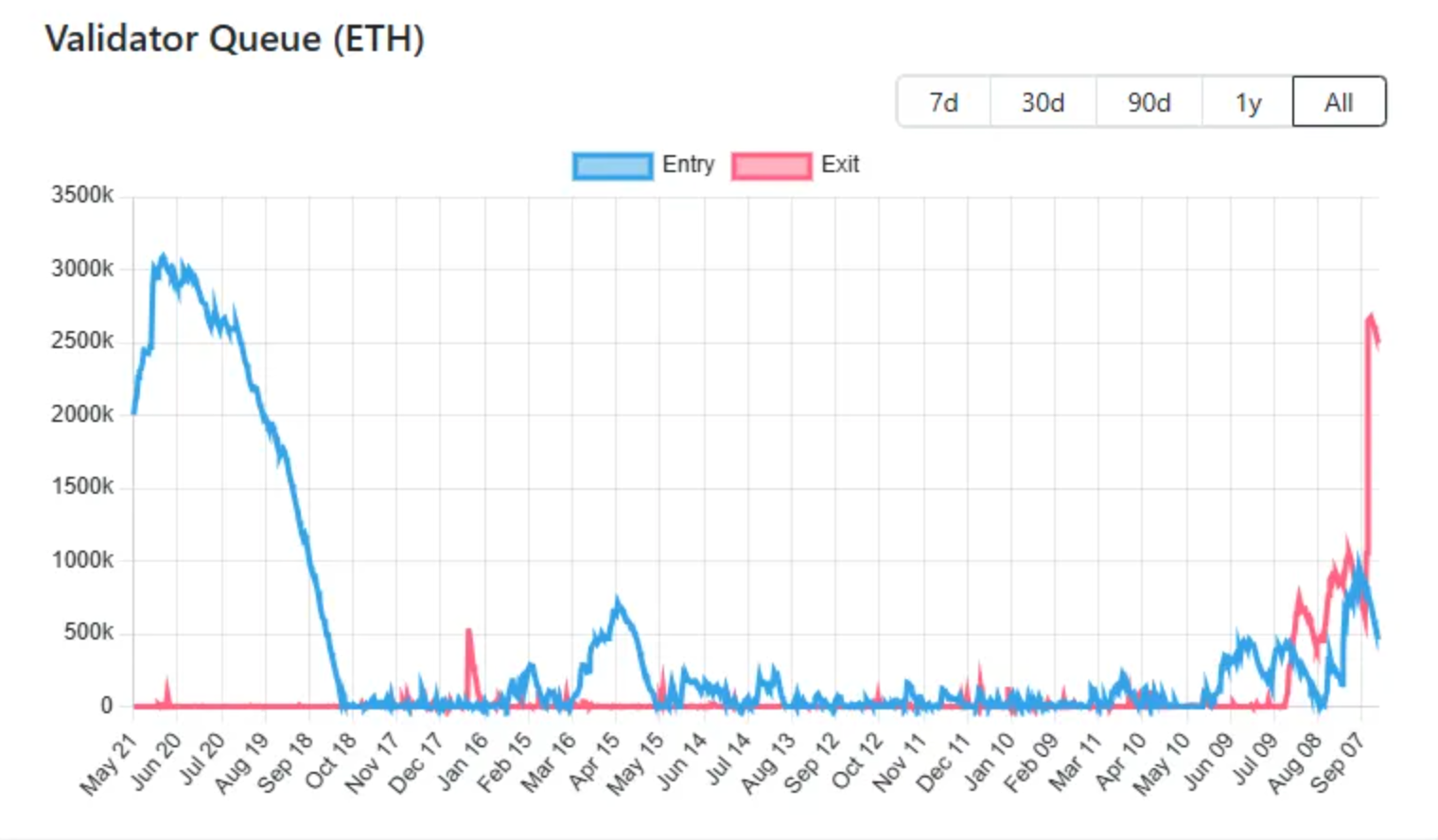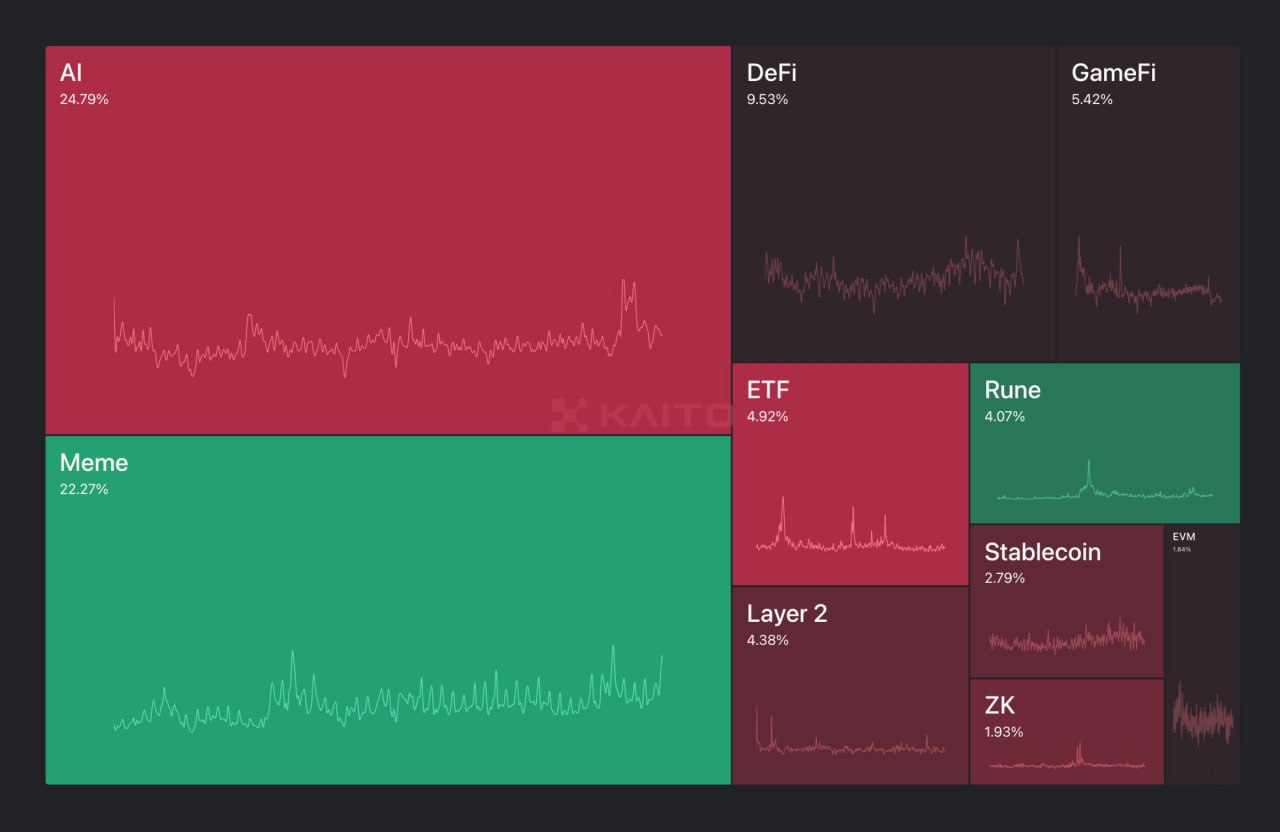Recently, the cryptocurrency industry has undergone notable changes, with one of the most prominent trends being the increase in the number of professionals receiving their salaries in digital assets. According to a report from Pantera Capital, based on a survey of over 1,600 respondents from 77 countries, the number of such professionals has tripled over the past year — from 3% to 9.6%.
Stablecoins as the Primary Payment Method
Stablecoins have become the primary tool for payments in the crypto industry, accounting for more than 90% of all salaries paid in digital assets. Interestingly, the most popular stablecoin is USDC (USD Coin), which holds a 63% market share, far surpassing USDT (Tether), which holds 28.6%.
Experts attribute the preference for USDC to the fact that large payment platforms such as Deel, Remote, and Rippling do not offer the option to pay in USDT, despite the latter having a higher trading volume.
Growth in Crypto Specialist Salaries
Another notable trend is the rise in salaries for tech specialists, particularly among junior and mid-level engineers. Their salaries have increased by 25.6% and 14.49%, respectively. Senior engineers have also seen a salary boost, with their incomes rising by 4.9%. This reflects the growing demand for qualified professionals in the blockchain sector and the strengthening of the crypto industry in the labor market.
Blockchain and Education: Practical Experience Matters More Than Theory
An interesting finding is that in the blockchain industry, practical experience often outweighs academic degrees. The average income of specialists with a bachelor’s degree was $286,039, significantly higher than that of master’s degree holders ($214,359) and PhD holders ($226,858). This emphasizes the focus on practical skills and real-world achievements, reflecting the dynamic growth of the market and the increasing interest in blockchain technologies.
Gender Pay Gap and Remote Work
According to the study, women earn more on average than men in marketing and operations roles. However, men still out-earn women in technical and executive positions.
Equally interesting is the trend towards remote work. The crypto industry remains predominantly remote, with 82% of employees working from home on a full-time basis. At the same time, the number of employees working in offices has seen a slight increase, from 1.5% in 2023 to 6% in 2024. The share of employees working on a hybrid schedule has remained nearly unchanged at 11%.
Thus, the crypto industry continues to evolve, offering new opportunities for professionals in the blockchain sector, both in terms of career advancement and salaries.










